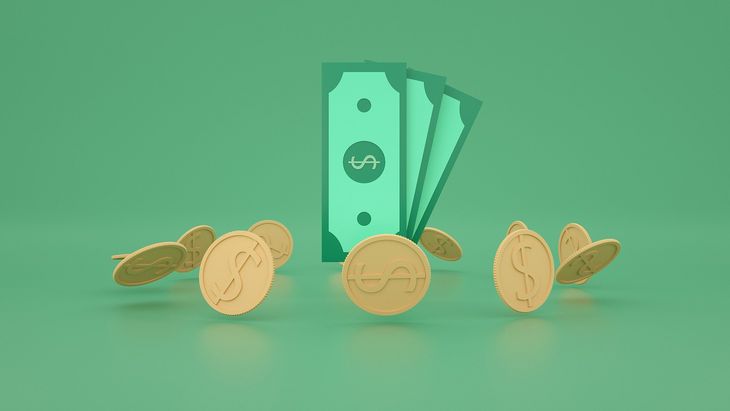To begin with, the most important thing is to have a savings goal. This will encourage you to add new customs that help improve it in the medium and long term, depending on what you want to achieve.
energy-saving.jpg
Twinergy
Analyze personal finances for the past few years
You should look back to know the type of behavior you had, and thus devise a plan for improvement. The important thing will be to review the savings and pending debts, in order to establish realistic goals that are consistent with your lifestyle.
Control over money should be daily, if possible. Thus, you will have to repeat it for 21 days, because in that period it will become a habit and then it can be sustained over time.
You will have to take into account any type of purchase, whether it is ant or really important.
pay off debts
Four strategies to comply:
- Make an inventory of the debts incurred. There it must be clarified to whom it is owed; How much should; at what effective interest rate and for what term.
- Arrange the debts in order of difficulty. Calculate interest in proportion to the total amount of the installment of each of the debts. Then organize them with the highest percentage on top and go down to the lowest percentage. The objective is to give priority to debts with the highest interest rate.
- Use the smallest to largest method. In this order you can organize the debts and try to pay them in that order. You have to respect the installments of all debts and make a fixed extraordinary payment plan.
- Consolidate debts. If the income is not enough to pay various debts, it may be best to take a new loan to pay everything off. To start, you will have to add the total owed. And apply for a loan at a bank for that amount.
Create an emergency fund
The savings percentage should not be touched, unless it is very necessary or an emergency arises, while the person is actively working. Since the idea is that, when you retire, these savings allow you to maintain a similar quality of life.
A method that can help generate long-term savings or to be able to prepare for unforeseen events is the well-known financial rule of 50/30/20. Basically, from 100% of the monthly income, 50% will have to be set aside for basic needs, 20% for savings and 30% for pleasure consumption.
Another option could be to allocate 20% to savings, 10% to a retirement fund and choose between the options offered by the market so that this money is valued.
Invest to generate extra profits
Investing in the Stock Market can be an excellent option if you are a prudent and informed person who knows how to prevent money from devaluing due to inflation in the country. In this sense, three types of investor profiles must be taken into account that will determine the personal risk:
- Conservative: tries to preserve capital and seeks to beat inflation. It is the minimum required in an investment. With this objective, the risk that it admits is very low.
- Moderate: the objective is to achieve a balance between stability and equity growth, for which the risk exposure tolerated is intermediate.
- Aggressive: it seeks to maximize profitability, so its exposure to risk is high.
Learn financial concepts
Nothing more important than making friends with the terminologies of the financial world. You will have to update your financial knowledge and skills, as it will be very helpful for making adequate daily decisions.
Regarding the benefits, this will prevent you from suffering stressful situations.
Maintain financial stability
Once the economic situation is controlled, you will have to track the progress and make the necessary adjustments as the income, expenses and goals change.
dollar-savings-investments-finance-pesos-bills

Bonus track
To put together a budget, we recommend you take into account three points:
- Income: extras that do not come only from the labor source can be included.
- Expenses: determine what the money is used for. An example is paying rent, utilities, or car insurance.
In this way, you can make a detailed list of all types of expenses (fixed or variable).
Source: Ambito
David William is a talented author who has made a name for himself in the world of writing. He is a professional author who writes on a wide range of topics, from general interest to opinion news. David is currently working as a writer at 24 hours worlds where he brings his unique perspective and in-depth research to his articles, making them both informative and engaging.




